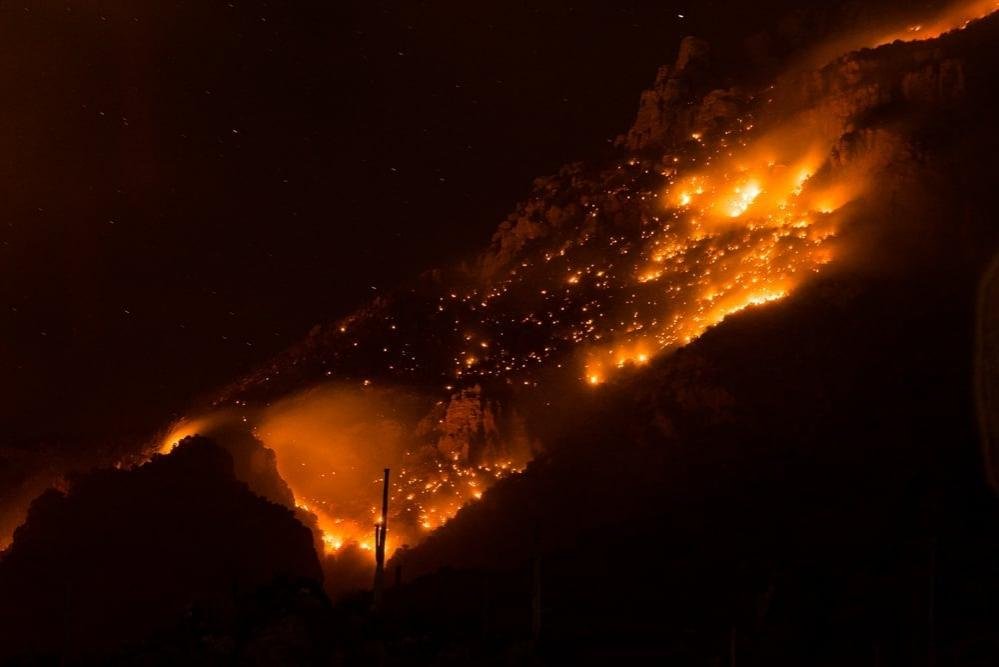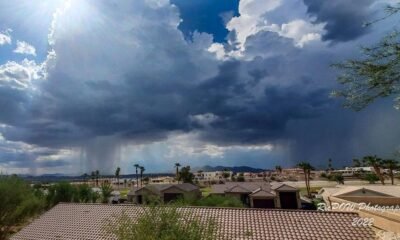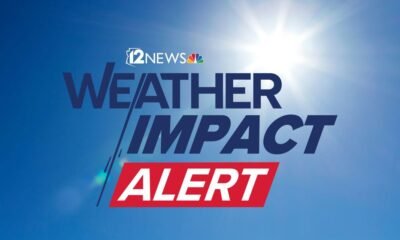environment
Weather Whiplash: A Rising Threat Behind Los Angeles’ Devastating Fires

Despite being the expected rainy season, Los Angeles has not seen significant rainfall in over eight months, leading to severe drought conditions. This lack of precipitation follows a historic wet period, contributing to the alarming rise of wildfires engulfing the region from multiple angles.
This abrupt shift between heavy rain and prolonged dry spells, termed “weather whiplash,” creates fertile ground for wildfires. The earlier rain spurred a growth of vegetation, which, when dried out, becomes highly flammable. This scenario materialized this week in Los Angeles County, where strong winds intensified the Palisades and Eaton fires. As of Wednesday night, these fires have resulted in at least five fatalities, the destruction of over 2,000 structures, and the evacuation of tens of thousands.
Research published in the journal Nature Reviews Earth & Environment highlights that the frequency of these rapid shifts in weather is accelerating globally, outpacing existing climate models. The study reveals that incidents of extreme wet and dry conditions have increased by 31 to 66 percent across the world since the mid-20th century, posing serious risks such as landslides, agricultural failures, and the spread of diseases.
“The volatility of wet and dry extremes is an emerging signature of climate change,” remarked Daniel Swain, a climate scientist from UCLA and co-author of the study. Southern California exemplifies this phenomenon, he stated.
Swain and a team of researchers have examined recent studies on what they call “hydroclimate volatility.” Their findings indicate that as global temperatures rise, the intensity of these weather extremes will escalate considerably.
Swain explains the increasing extremity of weather patterns through an analogy comparing the atmosphere to an absorbent sponge. As the atmosphere warms, it becomes more potent at producing heavy downpours; conversely, it also dries out quicker, leading to parched landscapes. This concept has been termed the “expanding atmospheric sponge effect,” drawing commendation from experts for its insight and clarity.
However, the effects of these volatile weather patterns are not uniform globally. Regions like the Mediterranean experience average rainfall declines, while parts of the eastern United States are witnessing increases in precipitation. Notably affected areas include northern Africa, the Arabian Peninsula, South Asia, and higher latitudes in Canada and Eurasia.
Preparing communities for a landscape characterized by both intense wetness and dryness presents distinct challenges. Swain cautions against a narrow focus solely on drought preparedness, which may inadvertently heighten flood risks. Successful strategies could include expanding natural floodplains and reducing impermeable surfaces in urban areas, allowing for better rainwater absorption and future water storage.
Amid these intense events, the study also indicates a decline in moderate weather, as light rainfall becomes increasingly rare worldwide. “When it rains, it pours,” Swain concludes, encapsulating the dire reality of changing weather patterns.


















